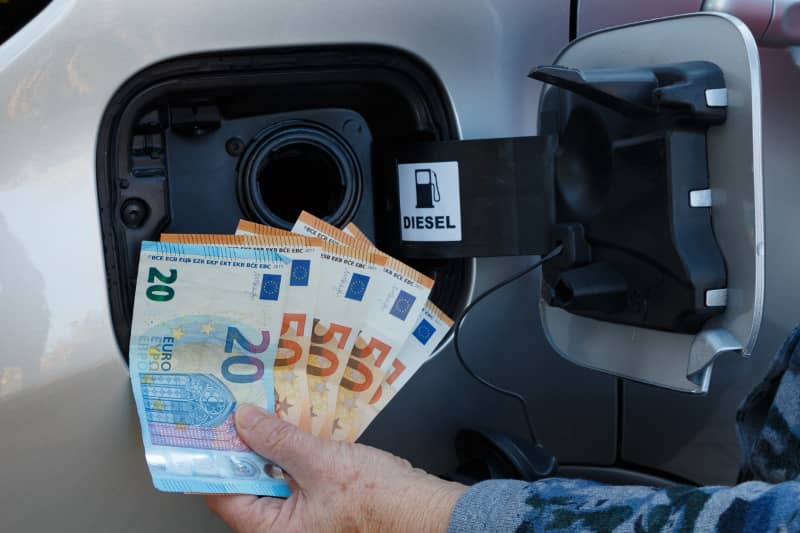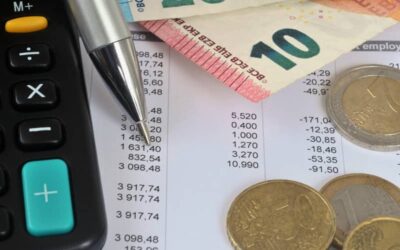Many people are constantly looking for tricks that will save them money on a daily basis. Since prices have gone up and it is becoming increasingly difficult to make ends meet, many of us have already resorted to applying for a personal loan .
If we add to this the sharp rise in fuel prices over the last few months, it is one of the main expenses that we have to monitor on a daily basis.
The truth is that there are factors in car consumption that go beyond the power of the vehicle or the fuel used. People who follow good driving habits will save a lot of money , and knowing how to do it properly can help you save more than you think.
Thanks to the tips you will see in this article, you will be able to save up to 33% on gasoline .
Contenidos
Top tips that will save you up to 33% on fuel
1. Be careful with accelerations
Revving the engine too quickly will be very expensive, as it is considered one of the most drastic ways to waste gasoline.
You can understand it better with these examples:
- A vehicle uses the same amount of gasoline accelerating from 0 to 100 kilometers per hour in just 8 seconds as it does traveling at 100 km/h for 3 minutes.
- If this is not enough for you, driving at high revs from one traffic light to the next is equivalent to consuming an average of €1.85/litre (at the time of writing this article, petrol was at an average of €1.80/litre ).
Drivers who control their acceleration will really save money.
2. Use the engine brake
Brakes are essential for a vehicle, but they are also considered a direct way to lose energy. Obviously we are not going to stop using them because they cost us money, but there are more efficient ways to use them, such as engine braking .
Driving schools teach us that downshifting when braking prevents brakes from becoming saturated. In addition, drivers who use it will save a significant amount of fuel.
But the way you use the pedal also has a lot to do with it: the most effective way is to anticipate the other drivers’ manoeuvres in order to use the brakes for the shortest possible time. Also, always press the brake gently and never exceed 25% of the pedal travel .
Give it a try and you’ll see how this is one of the ways to really save money .
3. Use first gear as little as possible
You should keep in mind that first gear is only used to give the vehicle a little momentum and then go straight to second gear. Drivers who do not shift quickly will not only lose money, but will also increase the chances of engine failure.
As soon as you have traveled a minimum distance, put it into second gear.
First gear is useful for very steep slopes .
If you have to start off downhill, you can put it straight into second gear and let gravity give you momentum to prevent the car from stalling .
Drivers who make the switch quickly will save on fuel and avoid problems.
4. Always drive in the most appropriate gear
You should always adapt your gear to the road and speed at which you are travelling. Make sure you change to a higher gear as soon as possible .
Drivers who have a gear indicator will also save a lot of money, as long as they follow its instructions carefully. These instructions are the ones that the manufacturer followed when approving the system, so it is actually proven to work.
In addition, the gear shifting order does not need to be followed strictly. Users will save money by upshifting if they anticipate high revs – for example, shifting from second to fourth or from fifth to third to downshift.
5. Beware of resistance to progress
There are many factors that can increase your drag . Drivers will save money by taking these considerations into account:
- Adjust your tyre pressure . Keep in mind that every 0.2 bar above the established pressure could result in around 1% more fuel consumption.
- A weight of 100 kg can increase fuel consumption by around 0.3L , so make sure you carry only what you need to save money.
- Low viscosity oils could reduce fuel consumption by up to 5% .
- Be careful with items such as bicycle racks or cows, as they affect the aerodynamics of the vehicle, increasing consumption.
Conclusion
Saving 33% on gasoline is a significant achievement in terms of energy efficiency and cost reduction for consumers. It also contributes to the reduction of polluting gas emissions and a more sustainable future for the planet. It is important to continue researching and implementing technologies that allow this type of savings to be increased even further and thus reduce dependence on fossil fuels.
If drivers follow these tips, they will save time and money, specifically up to 33% on fuel , maybe even a little more.




